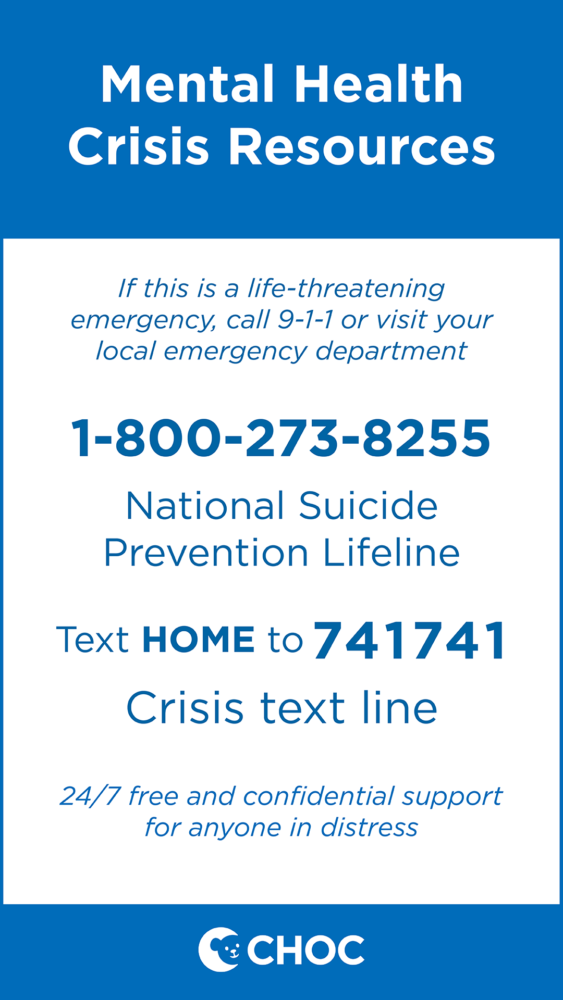The American Academy of Pediatrics has released a blueprint for youth suicide prevention.
The blueprint maps out the background, risk factors and public health framework for suicide attempts by children and teens. It includes resources specifically catered to physicians, schools and community settings to effectively recognize the warning signs of youth suicides, and how to prevent them.
This youth suicide prevention blueprint is a response to the growing mental health crisis among youths in the U.S.
Mental health advocacy to combat national emergency
There is an unfortunate parallel between the rise of mental health issues and suicide attempts among children and teens. Suicide is the second leading cause of death among young people, ages 10-24, in the U.S. and has been on the rise for decades. Among youth in the U.S. who die, over 25% of them die by suicide, the AAP reports.
In early December 2021, the U.S. surgeon general issued a rare public health advisory calling for immediate action to address the nation’s youth mental health crisis. The advisory noted that the COVID-19 crisis has exacerbated a problem that has been growing since before the pandemic. Researchers point to increased social and academic pressures, global stressors and substance abuse as potential causes, among others.
A few months prior to that announcement, a coalition of the nation’s leading experts in pediatric health declared a national emergency in child and adolescent mental health. This coalition includes The American Academy of Pediatrics (AAP), Adolescent Psychiatrists and Children’s Hospital Association and Children’s Hospital Association.
Why suicide prevention strategies are necessary
Now, the AAP is calling on pediatric health clinicians to play a critical role in identifying and supporting youth at risk of suicide. Their youth suicide prevention blueprint states that suicide is often complex, but preventable. Clinicians should partner with the communities serving our youths, like educators, families, coaches and peers to advocate for at-risk youths and prevent negative outcomes.
The AAP reports that many young people that die by suicide visit a healthcare provider in the months or weeks leading up to their death. This aligns clinicians to be a vital, life-saving invention because:
- 80% of adolescents visited a healthcare provider within the year prior to death by suicide.
- 49% of youth had visited an emergency department (ED) within the year before their death.
- 38% of adolescents had contact with a healthcare system within the 4 weeks before their death.
- 34% of people ages 15+ years had contact with a healthcare provider in the week before their death.
Suicide prevention strategies for clinicians to consider
Suicide prevention strategies can be incorporated into clinical care settings without being overtaxing or disruptive to their workflow, says the AAP.
In clinical practice, efforts to promote health and prevent suicide can include encouraging physical activity; education on healthy sleeping and eating habits; teaching positive communication and the importance of strong peer and family relationships; and helping patients develop appropriate problem-solving strategies. Additionally, building trusting relationships and providing trauma-informed care to patients and families can help to support healthy mental health development.
Clinicians should also practice the following prevention strategies for suicide, as well as mental health disorders in general, as outlined by the Surgeon’s General Advisory:
- Risk identification, screening and assessment.
- Indicated interventions. Safety planning, lethal means counseling or inpatient treatment can be recommended for youth with suicidal ideation or behavior.
- Treatment. This includes the use of medications, more frequent visits to providers or referrals to mental health programs like cognitive behavioral therapy or other evidence-based suicide risk-reducing treatment.
- Recovery. Clinicians should help educate families to support individuals to maintain progress, encourage post-traumatic growth and facilitate individuals to find meaning and purpose through support and community groups.
What CHOC is doing to support youth mental health in our community
CHOC has experienced the youth mental health crisis first-hand. The Cherese Mari Laulhere Mental Health Inpatient Center has been full in recent years, and most of CHOC’s mental health programs are impacted.
CHOC is implementing prevention, advocacy, screening and education programs to combat the alarming youth mental health crisis. CHOC has built wellness spaces at local schools; offers free educational webinars from experts; developed a robust mental health toolkit, mental health articles on CHOC’s Health Blog and monthly eNewsletter; and partners with community programs to advocate for mental health in Orange County.

View the AAP’s full Blueprint for Youth Suicide Prevention and the U.S. Surgeon’s Health Advisory.

Learn more about CHOC’s pediatric mental health services
At CHOC, we specialize in providing a full continuum of pediatric mental healthcare, including inpatient, intensive outpatient and outpatient program services.




